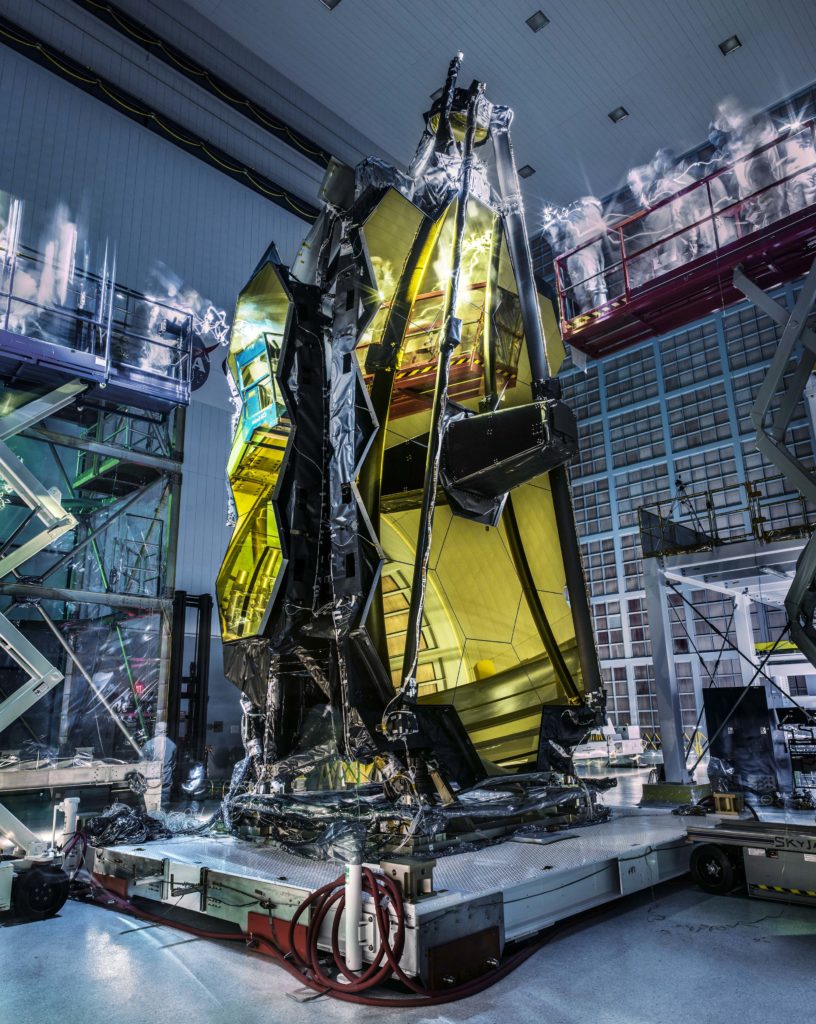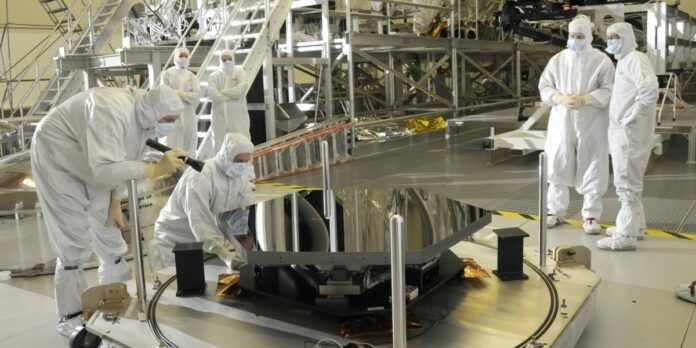Christmas Day will see the launch of NASA’s historic James Webb Space Telescope which will allow mankind to gain a deeper understanding of early space formation.
The momentous occasion is made possible due in part to the significant efforts of NASA’s Marshall Space Flight Center in Huntsville.
According to NASA, the James Webb Space Telescope “will mark the next leap forward in space observation and exploration” and “could fundamentally alter our understanding of the universe.”
The telescope’s development was closely coordinated with Marshall’s team and was managed at NASA’s Goddard Space Flight Center in Greenbelt, Maryland. The work of Marshall’s Webb team consisted of operations which spanned over two decades. NASA noted that the center’s work consisted of the development and testing of the telescope’s mirrors in extreme cold temperatures which reflect the environment of which the telescope will have to endure.
NASA advised that the telescope holds the ability to view some of the earliest objects that were formed after the creation of space. The James Webb telescope will observe the universe’s light emitted by the first galaxies. It will also study planets outside of the solar system that are closer to earth with what NASA called “an unprecedented level of detail.”
According to the agency, these objectives merely mark the beginning of its science objectives.

Marshall senior optical physicist Dr. H. Phillip Stahl, who worked mirror technology development for Webb, touched on what the telescope’s launch will mean for him personally.
“I will be watching the launch with equal parts pride and trepidation,” said Stahl. “I poured 30 years of experience and knowledge into helping make the telescope mirrors a reality. I will be greatly relieved once the observatory is in orbit and operational, and I expect I will feel a sense of ownership with each announced discovery.”
Marshall’s work on the telescope began in 1989 when it was responsible for the design’s draft proposal and integrated modeling.
Facility manager Jeff Kegley detailed the work in which Marshall partook related to the telescope’s early-stage development.
“The X-ray and Cryogenic Facility’s involvement in Webb began at Marshall with developing the capabilities to evaluate mirror technologies and verifying optical performance at cryogenic temperatures,” advised Kegley.
A release from NASA stated, “From 1996-2003, Marshall’s focus shifted to designing and developing technology that would be used in support of the mirrors on Webb. The Marshall team provided technical oversight of the Webb mirrors, and the X-ray and Cryogenic Facility was busy running cryo tests of the full-size latch system, the flight mirrors, actuator systems, and flight hardware.”
The manufacturing of Webb’s mirrors made 14 stops to 11 different sites around the United States before arriving in Huntsville for testing.
Kegley continued, “Our team’s efforts continually contributed to the project and culminated in the pre-flight verification of the 18 spectacular primary mirror segment assemblies and the backplane structure to which they are now attached,” said Kegley. “Accordingly, we are all extremely excited to see Webb launch and get started on its amazing mission.”
NASA asserted that the most substantial obstacles to overcome were guaranteeing that the telescope’s mirrors would be able to resist the extreme cold temperatures that it would be subjected to in deep space.
Dr. Helen Cole, who was then project manager for Webb test activities at Marshall, reflected on the work that was accomplished to make the telescope’s launch a reality.
“After many years of meticulous work, the mirror team, including all the development and testing partners, are very excited to see Webb launch and deploy successfully,” said Cole. “Every launch is thrilling, but when the launch involves so many of our people who have diligently worked to advance technology and to open a new window on the universe, it makes it that much more special.”
NASA noted that alongside contributions from Marshall, Webb’s launch was made possible due to work conducted by partners from more than 29 states and 14 countries.
Stahl outlined Marshall’s role in ensuring the successful completion of NASA’s space-related missions and said the center was eager to further advance the agency’s exploration objectives.
“Marshall is very proud of its role in making the Webb Space Telescope a reality,” added Stahl. “The center has a 60-plus year history of helping to design, build, test, fly, and operate all of NASA’s Great Observatories – Compton, Hubble, Chandra, and Spitzer – as well other missions, including the IXPE telescope NASA just launched. And we look forward to having a significant role on future missions to find and characterize Earth-like planets around other suns.”
Webb’s international collaboration consisted of NASA’s partnership with the European Space Agency and the Canadian Space Agency, with Northrop Grumman serving as the primary industrial partner. NASA advised that the Space Telescope Science Institute would execute the mission’s daily operations post-launch.
Dylan Smith is a staff writer for Yellowhammer News. You can follow him on Twitter @DylanSmithAL
Don’t miss out! Subscribe to our email newsletter to have all our smart stories delivered to your inbox.



